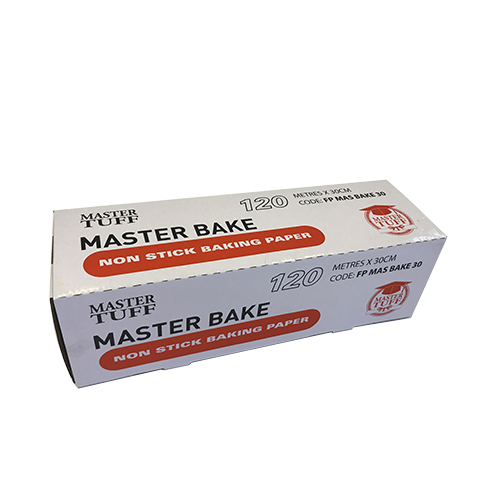We are committed to food packaging PVC cling film, PE cling film,stretch wrap, aluminum foil and other disposal food packing film/foil.

Language
>Baking Cling Film, also known as plastic wrap or cling film, is a versatile tool in the kitchen, particularly useful for baking tasks. Understanding the proper techniques for using Baking Cling Film, along with its applicable temperature range and precautions during baking, ensures successful and hassle-free baking endeavors. This article provides insights into mastering the art of using Baking Cling Film effectively.

Proper Wrapping Technique:
The correct wrapping technique is crucial to maximize the benefits of baking cling film and ensure its effectiveness in preserving freshness and preventing moisture loss. When wrapping dough or covering baking pans with cling film, follow these steps for optimal results:
Surface Preparation: Ensure that the surface where the cling film will be applied is clean and dry to promote proper adhesion.
Stretch and Seal: Gently stretch the cling film over the desired surface, ensuring a snug fit without excessive tension. Press the film firmly against the surface to create an airtight seal.
Avoid Wrinkles: Smooth out any wrinkles or air bubbles in the cling film to prevent them from affecting the baking process or creating uneven surfaces on baked goods.
Overlap Layers: When covering dough or food items with multiple pieces of cling film, overlap the edges slightly to create a seamless barrier and prevent leaks or exposure to air.
Applicable Temperature Range:
Baking cling film is designed to withstand a wide range of temperatures commonly encountered in baking tasks. However, it is essential to adhere to the recommended temperature range to avoid compromising the integrity of the cling film and ensure food safety. Generally, baking cling film is suitable for temperatures up to 250°F (121°C) for short baking durations, such as proofing dough or covering baking trays during rising. For higher temperatures or prolonged exposure to heat, consider using specialized heat-resistant cling film or alternative covering methods to prevent melting or deformation of the film.
Precautions During Baking:
While baking with cling film, it is essential to observe certain precautions to ensure food safety and prevent potential hazards:
Avoid Direct Contact with Heat Sources: To prevent the cling film from melting or transferring harmful chemicals to food, avoid direct contact with hot surfaces such as oven racks, heating elements, or open flames. Ensure that the cling film is securely anchored and does not come into contact with any heat source during baking.
Monitor Baking Progress: Periodically check the baking progress and the condition of the cling film to ensure that it remains intact and does not compromise the quality of the baked goods. If any signs of melting, shrinkage, or damage to the cling film are observed, remove it immediately to prevent contamination of the food.
Use Oven-Safe Cling Film: When baking at higher temperatures or for extended durations, consider using oven-safe cling film specifically designed to withstand heat and maintain its integrity during baking. Oven-safe cling film provides an extra layer of protection and peace of mind when baking delicate or temperature-sensitive foods.
Mastering the art of using baking cling film involves understanding proper wrapping techniques, adhering to the applicable temperature range, and observing precautions during baking. By following these guidelines, you can harness the full potential of baking cling film to streamline baking processes, preserve freshness, and enhance the quality of baked goods. With attention to detail and adherence to best practices, baking cling film becomes an indispensable tool in the kitchen, facilitating efficient and successful baking endeavors.